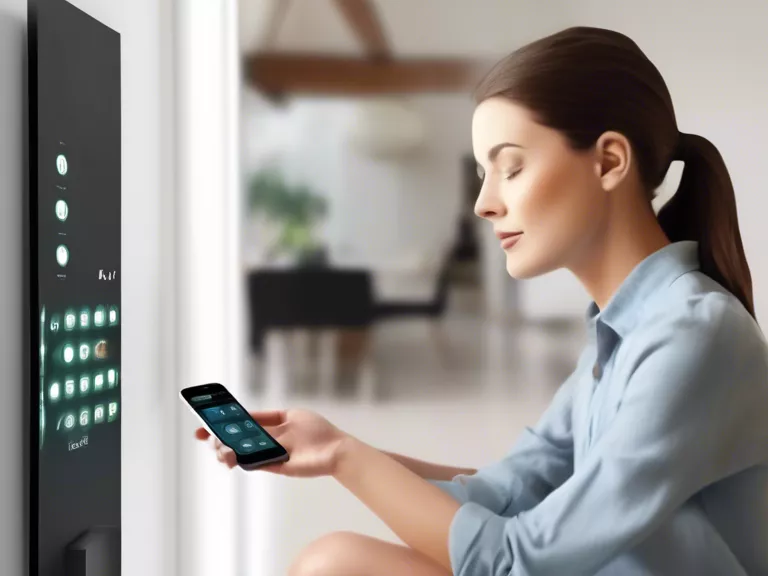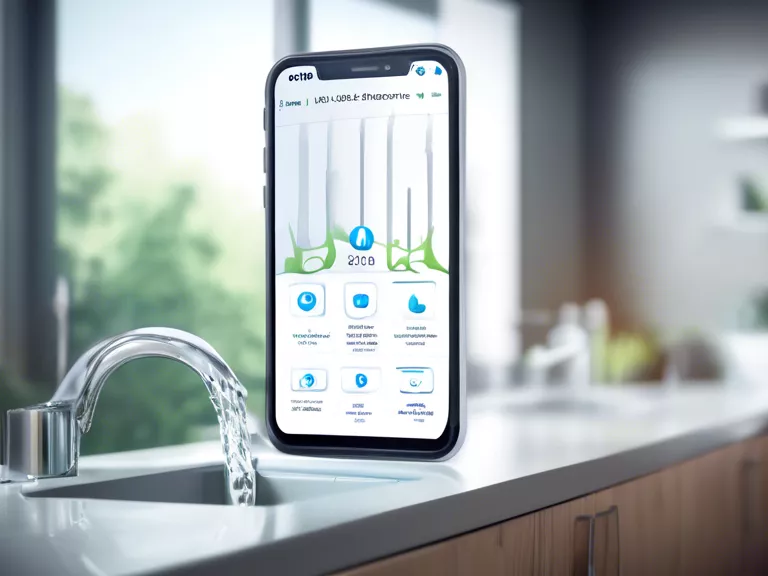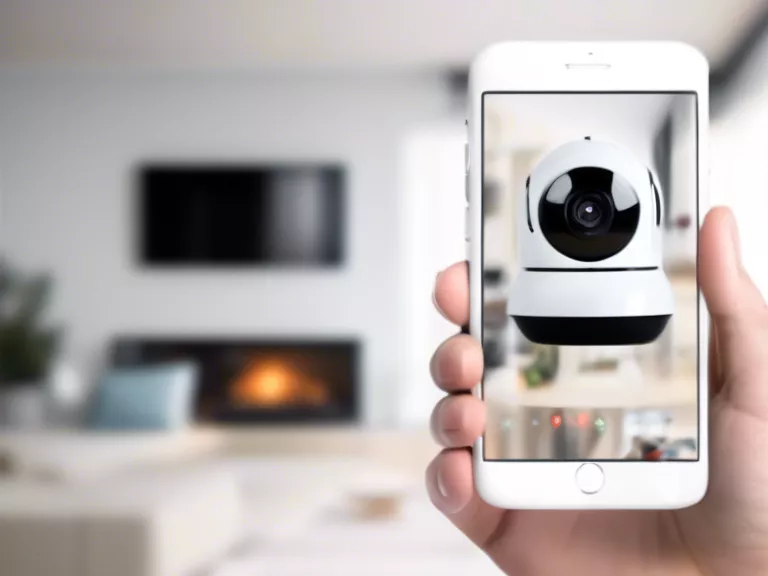
As technology continues to advance, it is finding more applications in the healthcare sector, especially in the field of assisted living and caregiving. Smart home technology, with its ability to automate various aspects of daily life, is revolutionizing the way we care for the elderly and individuals with disabilities. From remote monitoring to voice-activated assistance, smart home devices are making it easier for caregivers to provide high-quality care while allowing individuals to maintain their independence.
One of the key benefits of smart home technology in assisted living is remote monitoring. Caregivers can now keep track of their loved ones from anywhere through the use of sensors and cameras placed throughout the home. These devices can alert caregivers in case of emergencies, such as falls or sudden changes in health. This provides peace of mind for both the individual receiving care and their caregivers, knowing that help is always just a notification away.
Moreover, smart home technology can assist individuals with daily tasks through voice-activated devices like Amazon Alexa or Google Home. These devices can provide reminders for medication, help with managing appointments, and even assist with household chores. For individuals with limited mobility or cognitive impairments, this type of technology can make a significant difference in their quality of life.
In addition to enhancing the safety and independence of those receiving care, smart home technology can also reduce the burden on caregivers. By automating certain tasks and providing remote monitoring capabilities, caregivers can focus on providing emotional support and companionship to their loved ones. This can help prevent caregiver burnout and improve the overall quality of care being provided.
Overall, the impact of smart home technology on assisted living and caregiving is profound. It is empowering both individuals receiving care and their caregivers to lead more independent, fulfilling lives. As technology continues to evolve, we can expect even more innovative solutions to improve the quality of care for vulnerable populations.



